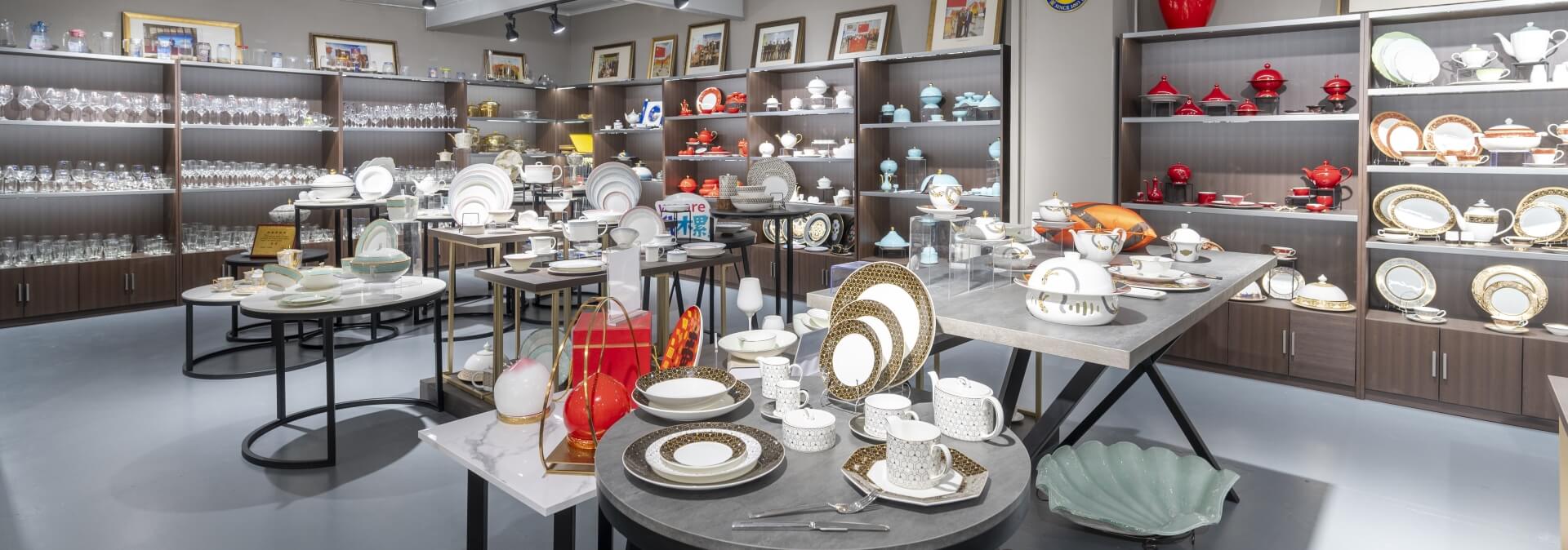
PITO Article
What is the Difference Between Bone China and Ceramic? A Complete Guide
What is the Difference Between Bone China and Ceramic?
If you are choosing stew plates, glasses or selecting a refined tea service you’ve read about bone china and ceramics. You might even wonder—what’s the difference? In this article, we will explain that what is the difference between bone china and ceramic? By the end of the article, you will be in a position to determine the differences between these two.
What is Bone China?
Moving first to bone china it can be described as what many consider the prestige tableware of choice. It gives an elegant look having a fine and close surface texture. They are used to produce bone ash- one of the major compositions that defines bone china. This bone ash is used in conjunction with clay, feldspar, and quartz to forge fine porcelain that is stronger and more translucent than ceramic products.
Features of Bone China:
• Ingredients: About 40% of bone ash combined with clay, feldspar, and quartz.
• Lighter and Brighter: Bone china is less in thickness compared to normal porcelain, but still is lighter and equally bright.
- High Whiteness and Transparency: Owing to its low densities and high whiteness it has a fine and delicate appearance from other ceramics.
- Smooth and Durable: Whenever one is using the surface, it is very polished and has a high strength that prevents scratching and breaking.
- Not Fragile: Even though bone china gives the impression of being quite fragile it is in fact even stronger and even more durable.
- Thinner but Stronger: The thinness of the material does not mean a lack of strength – bone china is lighter than ordinary porcelain, but no less durable.
- Low Water Absorption: As compared to the natural grass it has the added benefit of not absorbing as much water and therefore requires very little in terms of maintenance.
It is famous for its fine degree of porosity and the fact it is very durable, so its use is common in fine dining dinner sets, tableware, cutlery, bowls, etc. It is significantly thinner compared to other kinds of ceramics, yet far more robust because of its composition. Bone china is another specific characteristic of ceramics, which has a certain transparency, literally, if one holds the item to the light; it will glow faintly through the material. A feature that is lacking with ordinary ceramics which is very useful in a laboratory for instance is something above that.
What is Ceramic?
Ceramics according to this classification therefore porcelain. All of these are made from natural clay which is then put to a high temperature which causes the clay to harden. Ceramic unlike bone china has no addition of bone ash and the surface is normally matt rather than glossy.
Features of Ceramic:
• Ingredients: Clay, feldspar, quartz.
• Appearance: Opaque, thick.
• Durability: Depends on the type; for instance, it is always more hard-wearing than other, which is more delicate.
• Heat-Resistant: In general, microwave safe for microwaves however, certain types are prone to shatter at high temperatures.
• Dishwasher-Safe: Yes but there are various varieties some of which are tackier and more likely to chip at the bottom.
Ceramic is generally associated with roughness and exactly that – versatility as a product. They use them for cup and saucers cups and saucers as well as cups, plates, and everything in between including fine dining. Despite the thickness of the material, which can be abrasive when the material is thick or thin and frail like china, ceramic is known for its handling.

The Key Difference of Bone China and Ceramic
That was an easy one, right? Now, let us turn to the differences between bone china and ceramic Now that we know what is the difference between bone china and ceramic?
Material Composition
The first and rather evident divergence cannot be missed – the composition of both compounds differs. Bone china contains bone ash, which makes it more hardwearing, and holds the ability to be very thin and still have transparency. While porcelain is made up of kaolin and has no inclusion of bone ash, ceramics are mainly clay-based.
Appearance
They maintain that bone china is even whiter and more transparent than ceramic. Other than beauty, the unique screen printing it comes with has an impressive appearance that is best suited for formal dining.
Durability
Remarkably, bone china which appears weak and thin has a coping power in that it is made from bone ash. It’s less prone to chipping than most kinds of ceramic. It is also a kind of ceramic ware, it is also very strong, but it does not appear as elegant as bone china.
Cost
Bone china can be costlier than ceramic because the production process is a little more refined and the materials used include bone ash. It is prestige and generally more expensive than ceramic which is relatively cheaper to purchase.
Weight
Bone china is much lighter than ceramic, but at the same time, it is stronger. This makes it easier to handle particularly over delicate items like tea cups or fine dinners like the sharp ones. Ceramic is heavier and more robust for those users who are looking for function more than form.
Porosity
Bone china is less permeable than ceramic which simply means it can absorb far less liquid. This makes it less inclined to stain compared to some types of ceramic which is porous and quick to stain.
Conclusion:
In the end, the choice between bone china and ceramic comes down to your personal preference and how you intend to use the tableware. If you want something that exudes luxury and elegance, bone china is the way to go. However, for everyday use, ceramic offers more practicality and durability. Both materials have their pros, but what is the difference between bone china and ceramic? It can help you make the best decision for your needs. For more insights into premium dinnerware, check out P&T Royal Ware China.
LET'S TALK TOGETHER
Lorem ipsum dolor sit amet, consectetur estor adipi isicing elit, sed do eiusmod tempor este uterre incididui unt ut

